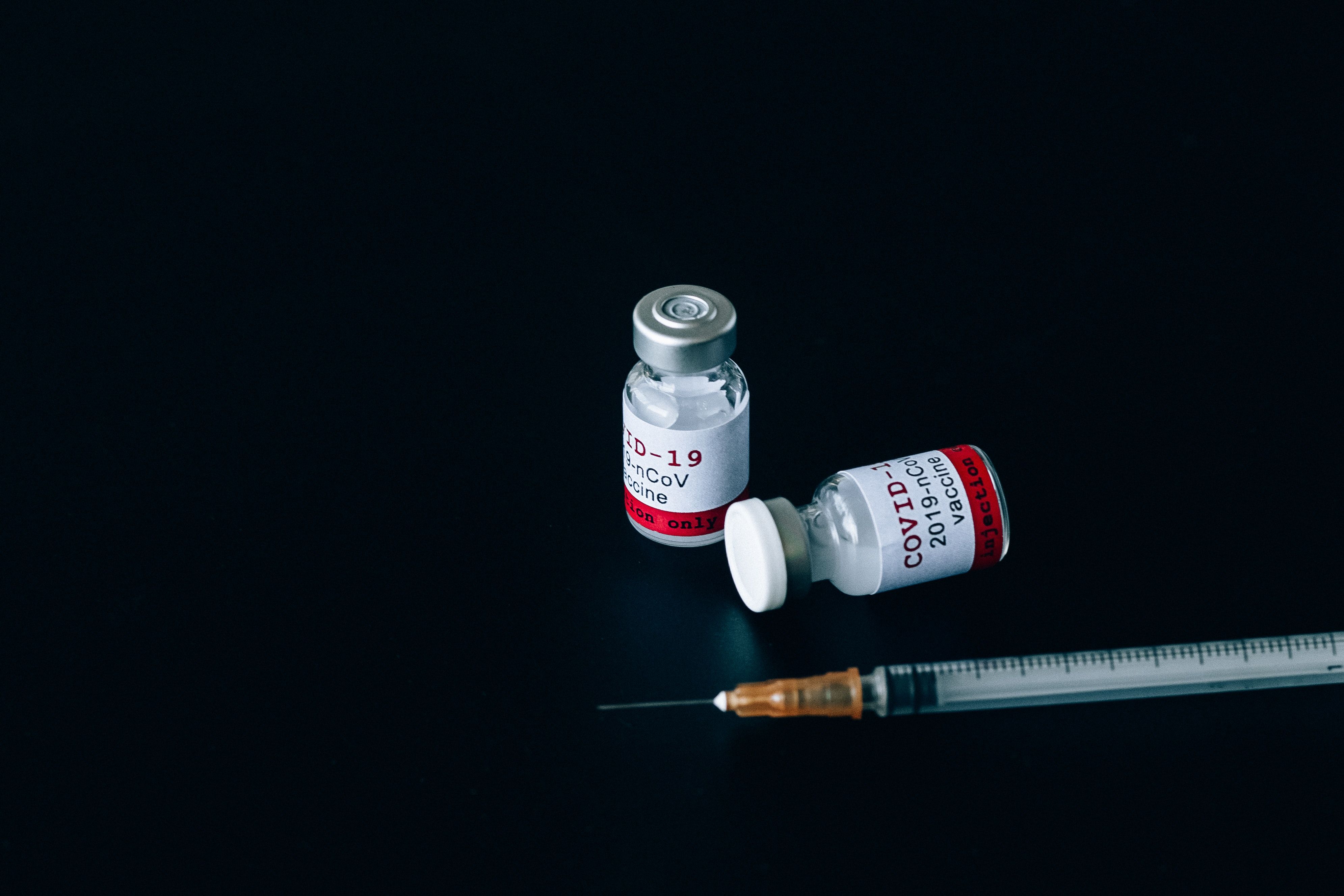Rare Blood Clots Could Occlude Flow of SARS-CoV-2 Vaccines to Unprotected Populations
Severe blood clots reported with 2 COVID-19 vaccines are rare, but possible heightening of vaccine hesitancy would lower floodgates to pandemic waves

The rare blood clots that have been reported in Europe with the AstraZeneca SARS-CoV-2 vaccine, in vaccine-induced immune thrombotic thrombocytopenia (VITT), and in the US with the Johnson and Johnson (Janssen) vaccine, as cases of cerebral venous sinus thrombosis (CVST), pose a danger beyond the severe condition that appears to affect, by various estimates, from 4-6 persons per million to 1 in 40,000; and besides the interruption in distributing those vaccines, expected to be a temporary "pause" in the US, or permanently, as recently announced in Denmark.
The additional consequence of this serious but rare adverse effect could be a heightening of vaccine hesitancy and reduced acceptance of the protection afforded by vaccination.This could be mitigated, along with the danger to the rare individual, by research that has already begun to determine the pathogenic processes and identify those at particular risk—who might then be provided with alternative products.
The initial research characterizing the episodes in Europe, which found similarity to thrombotic features of heparin-induced thrombocytopenia, is being followed by a number of investigations by the manufacturer as well as by academic consortia, according to a report in Nature. Among the questions that will be addressed by the research is whether the already-small risk could be reduced further with a smaller dose of the vaccine.
An Increasing vaccine hesitancy could also be addressed in ongoing public health education, which not only conveys the characteristics of the event, susceptible individuals and warning signs, but is informed by research into the factors and demographics that contribute to vaccine hesitancy.
Robert Kaplan, PhD and Arnold Milstein, MD, MPH, Clinical Excellence Research Center, Stanford University School of Medicine conducted a study in August and repeated it in December, of how the effectiveness and safety of a vaccine would Influence its acceptance.
Kaplan and Milstein note that while a safe and effective vaccine for SARS-CoV-2 virus has high potential to mitigate a severely damaging COVID-19 pandemic, refusal to accept the vaccine substantially diminishes the population impact.In their own national survey, conducted before the present study, they found that only one-third of respondents indicated that they would likely accept the vaccine, while approximately 1 in 5reported being very unlikely to take the vaccine under any circumstances.
"These findings suggest that, without a better understanding of the reasons for vaccine refusal, achieving herd immunity will be difficult," they observed.
To ascertain the influence of efficacy and safety of the vaccine on the likelihood of accepting vaccination, the investigators conducted a conjoint analysis of these factors in a sample of 1000 individuals across all 50 states, from the YouGov proprietary opt-in survey panel. They explain that the conjoint analysis is widely used in marketing to assess consumer preferences and predict consumer purchasing behavior, by presenting sets of option with various attributes—such as high risk, low benefit vs low risk high benefit medicines.
In the present study of vaccine acceptance, they posed the variables of benefits (50%, 75%, 90% effective), minor side effects (50%, 75%, and 90% probability of experiencing sore arm, headache or 1 day of low fever) and serious adverse reactions (incidence of 1/100,000 vaccinated, 1 per million, or 1 per 100 million).
Kaplan and Milstein report similar results from their August and December surveys.The probability of a high rate of effectiveness was the largest determinant of acceptance, regardless of potential side effects. Minor side effects of any probability did not influence acceptance. The chance of a serious adverse event, such as the provided example of permanent paralysis, had a small but significant effect; with the rate of 1/100,000 more likely to discourage use than the rarer occurrences of 1 in 1 or 100 million.There was no statistically significant interaction between the factors.
"The absence of interaction effects suggest that respondents consider the side effects and benefits independently," Kaplan and Milstein conclude.
In what might be a useful consideration in the current public health outreach to explain a serious but rare adverse effect of a vaccine, Kaplan and Milstein point out, "expected benefit was more influential in respondents' decision making than expected side effects."



















